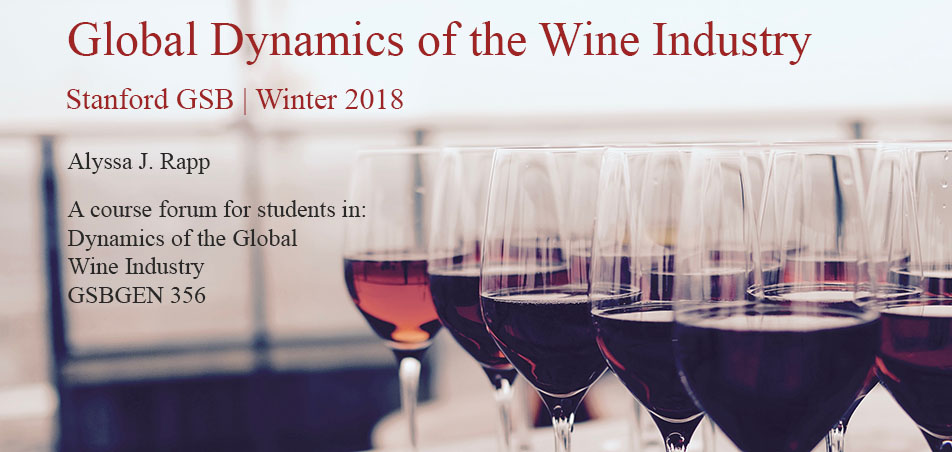The moon passes through different zodiac signs, and by extension, all days fall into four categories:
- Fruit: The moon is aligned with fire sign constellations
- Flower: ... Air signs
- Leaf: ... Water signs
- Root: ... Earth signs
According to certain wine experts, "wines tend to be most effusive and flashy on fruit or flower days, and tend to be more reticent and bashful on root and leaf days." Translation: drink wine on fruit and flower days, not on root and leaf days.
To put this "science" to the test, the author of the post experimented with tasting two different wines on each of the four different day types. Her verdict was that while the wines did taste differently from day-to-day, her perception of the wine had no correlation to the lunar cycle days. All in all she said that "the wines did not show poorly on any of the tasting days," even the leaf and root days that are supposedly to be avoided.
My key takeaway: I won't argue with the apparent success of biodynamic farming on a wine's quality, but when it comes to drinking wine, it's probably not worth the effort to be constrained by the forces of the Lunar Cycle. Instead, I'll personally drink my wine whenever I please. (Really, abstaining from wine drinking on leaf and root days just seems unnecessary). But in case you're curious to test it out for yourself, there's of course an app, called When Wine, that will help guide you on your celestial wine-drinking journey.






